信息安全系统设计基础第十周学习总结——实践
实践部分
编译运行代码及使用man查看帮助文档
1. cp1.c
功能:复制文件或目录
运行截图
查看帮助文档
在理解代码时,我不知道宏COPYMODE常量的含义。
使用grep -nr COPYMODE /usr/include查找时,没有找到
接着我在程序中找到了creat函数调用中使用了该宏,于是我查看了creat函数的帮助文档。如下图。
然后推断,该宏用来定义新文件的访问权限位。
程序部分
#include <stdio.h> //标准输入输出头文件 #include <stdlib.h> //标准库头文件 #include <unistd.h> //unix类系统定义符号常量的头文件 #include <fcntl.h> //定义了一组基于C的非缓冲的文件操作函数,可用于文件和设备(及socket等)的I/O操作 #define BUFFERSIZE 4096 //缓冲区大小 #define COPYMODE 0644 // 新文件的访问权限位 void oops(char *, char *); //错误处理函数 int main(int argc, char *argv[]) { int in_fd, out_fd, n_chars; char buf[BUFFERSIZE]; //定义缓冲区 if (argc != 3) //当输入参数不足时 { fprintf(stderr, "usage: %s source destination\n", *argv); exit(1); } if ((in_fd = open(argv[1], O_RDONLY)) == -1) /打开文件失败 oops("Cannot open ", argv[1]); if ((out_fd = creat(argv[2], COPYMODE)) == -1) //创建新文件失败 oops("Cannot creat", argv[2]); while ((n_chars = read(in_fd, buf, BUFFERSIZE)) > 0) //缓冲区不空时,开始写文件 if (write(out_fd, buf, n_chars) != n_chars) //写文件出错 oops("Write error to ", argv[2]); if (n_chars == -1) //从文件中读数据出错 oops("Read error from ", argv[1]); if (close(in_fd) == -1 || close(out_fd) == -1) //关闭输入文件出错或关闭输出文件出错 oops("Error closing files", ""); } void oops(char *s1, char *s2) //错误处理 { fprintf(stderr, "Error: %s ", s1); perror(s2); exit(1); }
2. echostate.c
功能:查看在命令行中输入命令时是否可见,可见返回1,否则返回0
运行截图
查看帮助文档
在理解代码的过程中,我分别查看了以下函数和宏常量的帮助文档
(1)tcgetattr
tcgetattr函数用于获取与终端相关的参数。参数fd为终端的文件描述符,返回的结果保存在termios 结构体中
(2)perror :打印错误信息
(3)ECHO :值为0000010
(4)c_lflag:本地模式标志,控制终端编辑功能
程序过程
#include <stdio.h> #include <stdlib.h> #include <termios.h> //串口配置中,终端的工作模式,是一个结构体 int main() { struct termios info; //定义标准接口结构体 int rv; rv = tcgetattr( 0, &info ); /* 从驱动器读值 */ if ( rv == -1 ){ perror( "tcgetattr");//错误处理 exit(1); } if ( info.c_lflag & ECHO ) //获得状态标记位 printf(" echo is on , since its bit is 1\n"); else printf(" echo is OFF, since its bit is 0\n"); return 0; }
3. fileinfo.c
功能:查看文件信息
运行截图
查看帮助文档
查看以下函数的帮助文档 (1)stat:显示文件或文件系统的状态
(2)搜索stat和file作为关键字,查看系统调用
(3)找到系统函数
程序过程
#include <stdio.h> #include <sys/types.h> //基本系统数据类型 #include <sys/stat.h> //文件属性结构体 void show_stat_info(char *, struct stat *); //显示文件属性函数 int main(int argc, char *argv[]) { struct stat info; if (argc>1) //运行时有参数 { if( stat(argv[1], &info) != -1 ) //显示文件状态 { show_stat_info( argv[1], &info ); return 0; } else perror(argv[1]); //错误处理 } return 1; } void show_stat_info(char *fname, struct stat *buf) { printf(" mode: %o\n", buf->st_mode); printf(" links: %d\n", buf->st_nlink); printf(" user: %d\n", buf->st_uid); printf(" group: %d\n", buf->st_gid); printf(" size: %d\n", (int)buf->st_size); printf("modtime: %d\n", (int)buf->st_mtime); printf(" name: %s\n", fname ); }
4. filesize.c
功能:查看文件大小
运行截图
查看帮助文档
见fileinfo.c文件的分析
程序过程
#include <stdio.h> #include <sys/stat.h> //文件属性结构体 int main() { struct stat infobuf; if ( stat( "/etc/passwd", &infobuf) == -1 ) //查看文件属性函数 perror("/etc/passwd"); //错误处理 else printf(" The size of /etc/passwd is %d\n", infobuf.st_size ); }
5. ls1.c
功能:显示当前目录下的所有文件
运行截图
程序过程
#include <stdio.h> #include <sys/types.h> //基本系统数据类型 #include <dirent.h> void do_ls(char []); int main(int argc, char *argv[]) { if ( argc == 1 ) //没有参数是,显示 当前万人当 do_ls( "." ); else while ( --argc ){ printf("%s:\n", *++argv ); //显示参数 do_ls( *argv ); } return 0; } void do_ls( char dirname[] ) { DIR *dir_ptr; //DIR表示目录类型 struct dirent *direntp; //目录结构体 if ( ( dir_ptr = opendir( dirname ) ) == NULL ) fprintf(stderr,"ls1: cannot open %s\n", dirname); else { while ( ( direntp = readdir( dir_ptr ) ) != NULL ) printf("%s\n", direntp->d_name ); closedir(dir_ptr); } }
6. ls2.c
功能:显示指定目录下的文件详细信息
运行截图

程序过程
#include <stdio.h> #include <string.h> #include <sys/types.h> #include <dirent.h> #include <sys/stat.h> void do_ls(char[]); //显示指定目录下的文件 void dostat(char *); //显示文件属性 void show_file_info( char *, struct stat *); //显示文件读取详细信息 void mode_to_letters( int , char [] ); //显示文件读取权限信息 char *uid_to_name( uid_t ); char *gid_to_name( gid_t ); int main(int argc, char *argv[]) { if ( argc == 1 ) do_ls( "." ); else while ( --argc ){ printf("%s:\n", *++argv ); do_ls( *argv ); } return 0; } void do_ls( char dirname[] ) { DIR *dir_ptr; struct dirent *direntp; if ( ( dir_ptr = opendir( dirname ) ) == NULL ) fprintf(stderr,"ls1: cannot open %s\n", dirname); else { while ( ( direntp = readdir( dir_ptr ) ) != NULL ) dostat( direntp->d_name ); closedir(dir_ptr); } } void dostat( char *filename ) { struct stat info; if ( stat(filename, &info) == -1 ) perror( filename ); else show_file_info( filename, &info ); } void show_file_info( char *filename, struct stat *info_p ) { char *uid_to_name(), *ctime(), *gid_to_name(), *filemode(); void mode_to_letters(); char modestr[11]; mode_to_letters( info_p->st_mode, modestr ); printf( "%s" , modestr ); printf( "%4d " , (int) info_p->st_nlink); printf( "%-8s " , uid_to_name(info_p->st_uid) ); printf( "%-8s " , gid_to_name(info_p->st_gid) ); printf( "%8ld " , (long)info_p->st_size); printf( "%.12s ", 4+ctime(&info_p->st_mtime)); printf( "%s\n" , filename ); } void mode_to_letters( int mode, char str[] ) { strcpy( str, "----------" ); if ( S_ISDIR(mode) ) str[0] = 'd'; if ( S_ISCHR(mode) ) str[0] = 'c'; if ( S_ISBLK(mode) ) str[0] = 'b'; if ( mode & S_IRUSR ) str[1] = 'r'; if ( mode & S_IWUSR ) str[2] = 'w'; if ( mode & S_IXUSR ) str[3] = 'x'; if ( mode & S_IRGRP ) str[4] = 'r'; if ( mode & S_IWGRP ) str[5] = 'w'; if ( mode & S_IXGRP ) str[6] = 'x'; if ( mode & S_IROTH ) str[7] = 'r'; if ( mode & S_IWOTH ) str[8] = 'w'; if ( mode & S_IXOTH ) str[9] = 'x'; } #include <pwd.h> //定义口令结构体 char *uid_to_name( uid_t uid ) { struct passwd *getpwuid(), *pw_ptr; static char numstr[10]; if ( ( pw_ptr = getpwuid( uid ) ) == NULL ){ sprintf(numstr,"%d", uid); return numstr; } else return pw_ptr->pw_name ; } #include <grp.h> //包含组结构的定义 char *gid_to_name( gid_t gid ) { struct group *getgrgid(), *grp_ptr; static char numstr[10]; if ( ( grp_ptr = getgrgid(gid) ) == NULL ){ sprintf(numstr,"%d", gid); return numstr; } else return grp_ptr->gr_name; //返回组名 }
7. setecho.c
功能:设置echo的状态
运行截图
查看帮助文档
详见2、echostate.c的分析
程序过程
#include <stdio.h> #include <stdlib.h> #include <termios.h> //串口配置中,终端的工作模式,是一个结构体 #define oops(s,x) { perror(s); exit(x); } //用于错误处理的宏 int main(int argc, char *argv[]) { struct termios info; if ( argc == 1 ) exit(0); if ( tcgetattr(0,&info) == -1 ) /* 获取文件属性 */ oops("tcgettattr", 1); if ( argv[1][0] == 'y' ) info.c_lflag |= ECHO ; /* 设置打开标志位 */ else info.c_lflag &= ~ECHO ; /* 设置关闭标志位 */ if ( tcsetattr(0,TCSANOW,&info) == -1 ) /* 设置文件属性 */ oops("tcsetattr",2); return 0; }
8. spwd.c
功能:显示当前目录路径
运行截图
程序过程
#include <stdio.h> #include <stdlib.h> #include <string.h> #include <sys/types.h> #include <sys/stat.h> #include <dirent.h> ino_t get_inode(char *); // 获取i-node节点号 void printpathto(ino_t); // 打印当前目录路径 void inum_to_name(ino_t , char *, int ); //根据i-node节点找到对应文件名 int main() { printpathto( get_inode( "." ) ); putchar('\n'); return 0; } void printpathto( ino_t this_inode ) { ino_t my_inode ; char its_name[BUFSIZ]; if ( get_inode("..") != this_inode ) { chdir( ".." ); inum_to_name(this_inode,its_name,BUFSIZ); my_inode = get_inode( "." ); printpathto( my_inode ); printf("/%s", its_name ); } } void inum_to_name(ino_t inode_to_find , char *namebuf, int buflen) { DIR *dir_ptr; struct dirent *direntp; dir_ptr = opendir( "." ); if ( dir_ptr == NULL ){ perror( "." ); exit(1); } while ( ( direntp = readdir( dir_ptr ) ) != NULL ) if ( direntp->d_ino == inode_to_find ) { strncpy( namebuf, direntp->d_name, buflen); namebuf[buflen-1] = '\0'; closedir( dir_ptr ); return; } fprintf(stderr, "error looking for inum %d\n", (int) inode_to_find); exit(1); } ino_t get_inode( char *fname ) { struct stat info; if ( stat( fname , &info ) == -1 ){ fprintf(stderr, "Cannot stat "); perror(fname); exit(1); } return info.st_ino; //返回i-node节点号 }
9. testioctl.c
功能:查看窗体大小信息
运行截图
查看man帮助文档
需要查看以下函数的帮助文档 (1)isatty:判断一个文件描述符是否指向一个终端
(2)ioctl:控制驱动器
程序过程
#include <stdio.h> #include <stdlib.h> #include <unistd.h> #include <sys/ioctl.h> int main() { struct winsize size; if( isatty(STDOUT_FILENO) == 0) //判断一个文件描述符是否指向一个终端 exit(1); if (ioctl(STDOUT_FILENO, TIOCGWINSZ, &size) < 0) //控制驱动器 { perror("ioctl TIOCGWINSZ error"); exit(1); } printf("%d rows %d columns\n", size.ws_row, size.ws_col); return 0; }
10. who1.c
功能:查看当前登录用户信息
运行截图
程序过程
#include <stdio.h> #include <stdlib.h> #include <utmp.h> // 定义用户信息结构体 #include <fcntl.h> #include <unistd.h> //对 POSIX 操作系统 API 的访问功能的头文件 #define SHOWHOST int show_info( struct utmp *utbufp ) { printf("%-8.8s", utbufp->ut_name); printf(" "); printf("%-8.8s", utbufp->ut_line); printf(" "); printf("%10ld", utbufp->ut_time); printf(" "); #ifdef SHOWHOST printf("(%s)", utbufp->ut_host); #endif printf("\n"); return 0; } int main() { struct utmp current_record; int utmpfd; int reclen = sizeof(current_record); if ( (utmpfd = open(UTMP_FILE, O_RDONLY)) == -1 ){ perror( UTMP_FILE ); exit(1); } while ( read(utmpfd, ¤t_record, reclen) == reclen ) show_info(¤t_record); close(utmpfd); return 0; }
11. who2.c
由于who1 和who2 是相同的,这里不再赘述。
参考资料:
1、#include <dirent.h>的作用:http://blog.csdn.net/thefinals/article/details/7174854

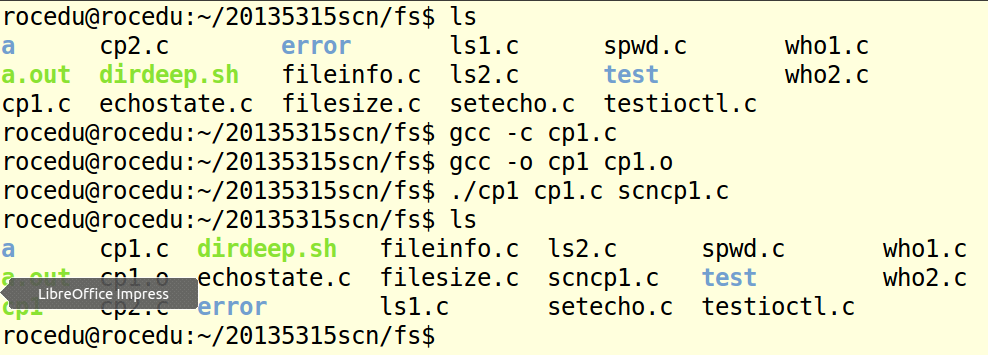
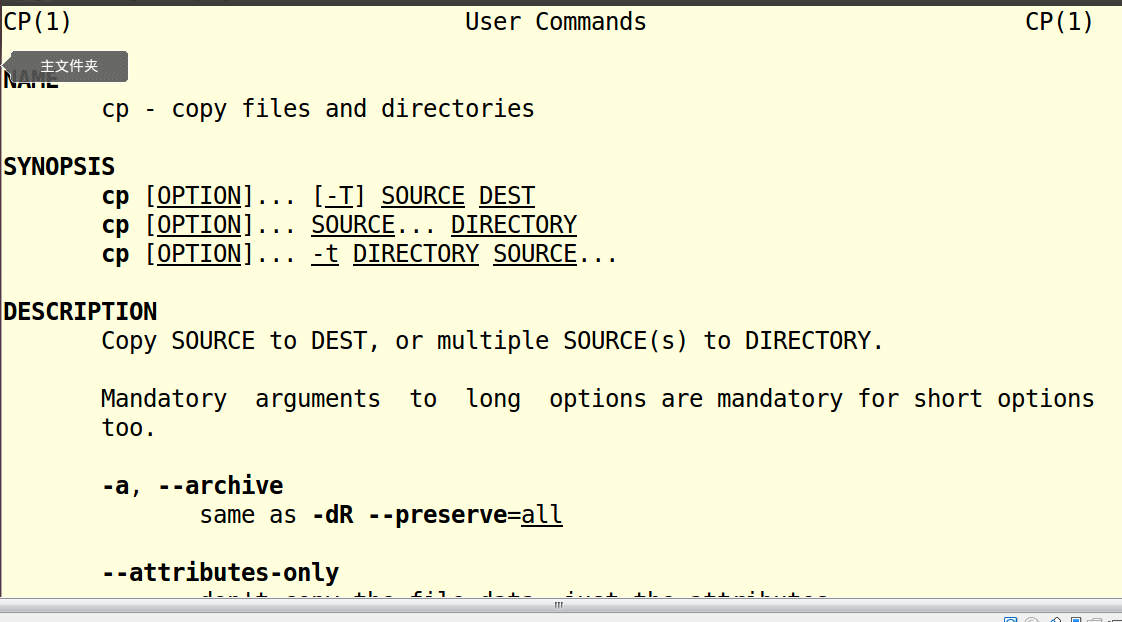
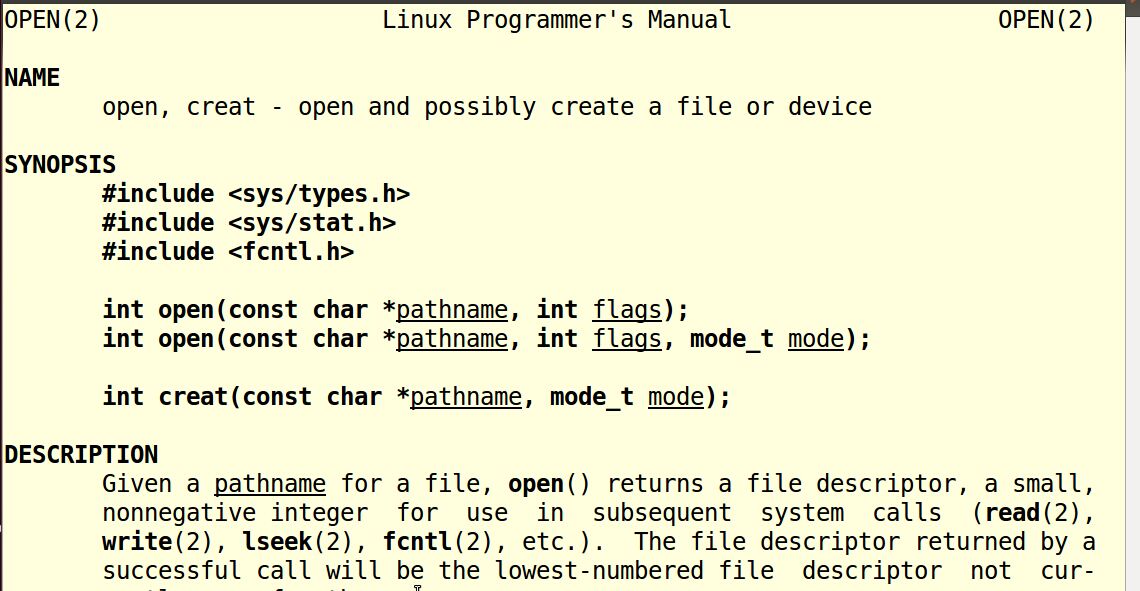











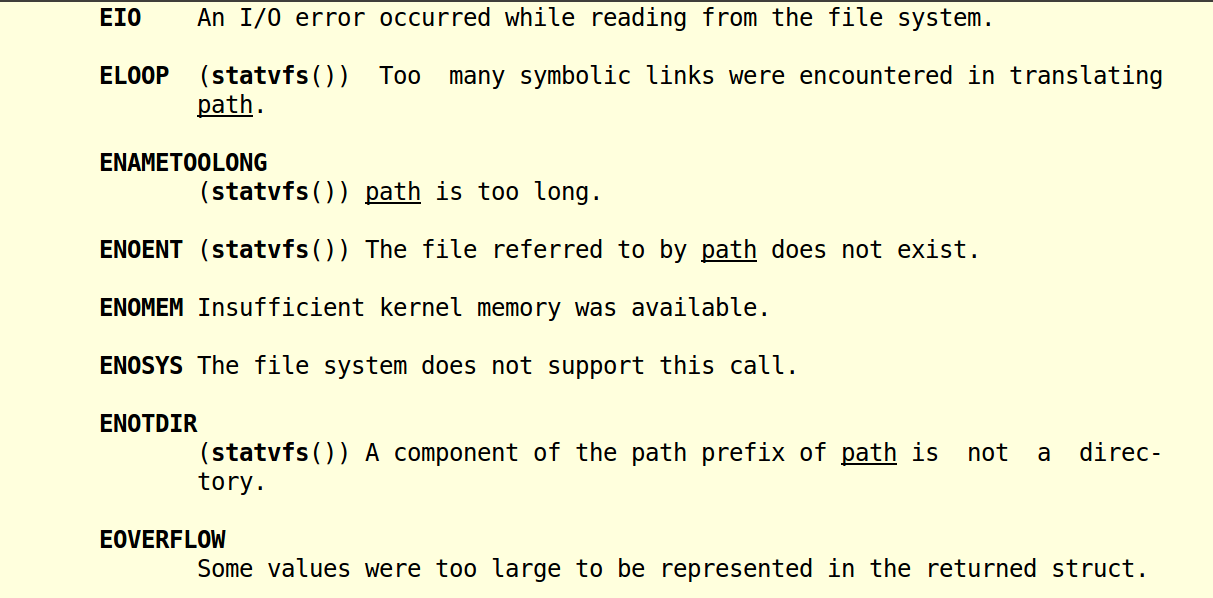








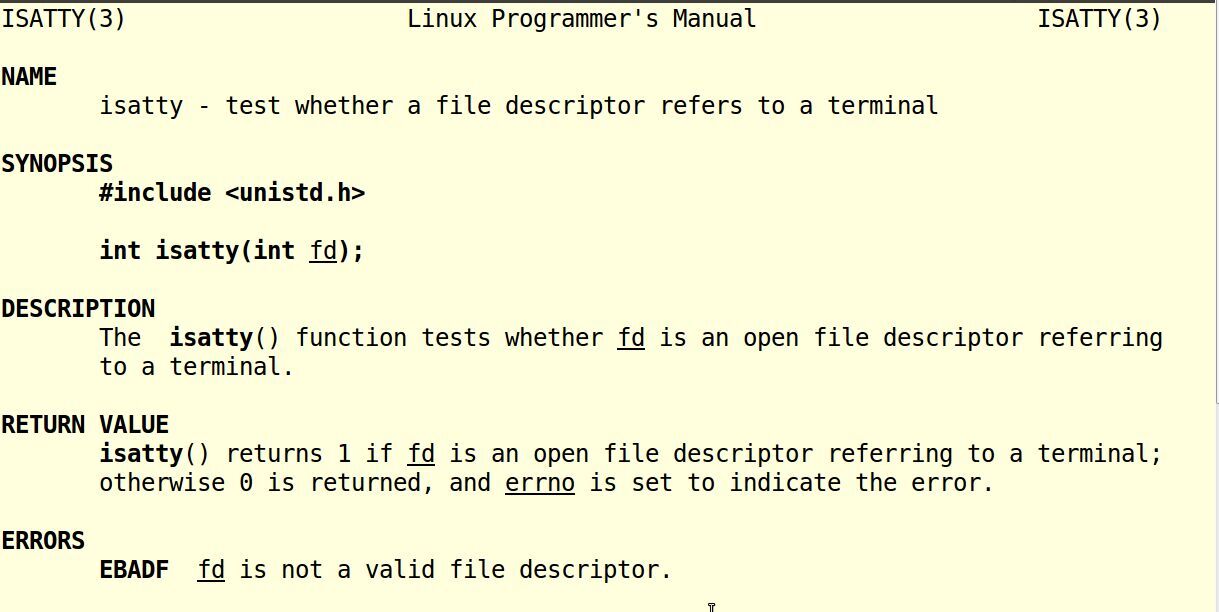

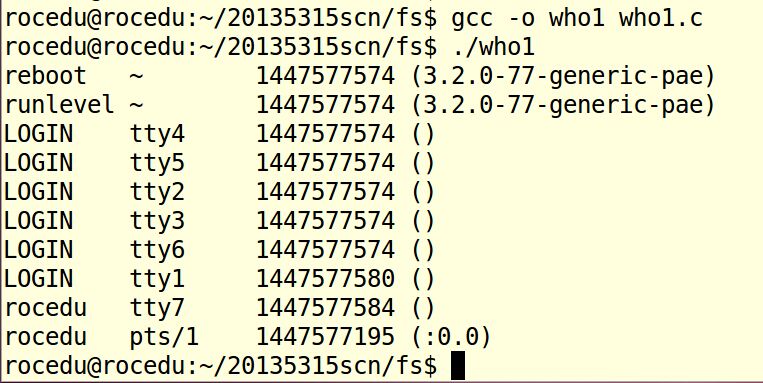

【推荐】编程新体验,更懂你的AI,立即体验豆包MarsCode编程助手
【推荐】凌霞软件回馈社区,博客园 & 1Panel & Halo 联合会员上线
【推荐】抖音旗下AI助手豆包,你的智能百科全书,全免费不限次数
【推荐】博客园社区专享云产品让利特惠,阿里云新客6.5折上折
【推荐】轻量又高性能的 SSH 工具 IShell:AI 加持,快人一步